No products in the cart.
What is the Science of Clear Scintillation Vials
Clear scintillation vials play a crucial role in various scientific endeavors, offering transparency that goes beyond mere aesthetics. As we delve into the intricacies of these vials, we uncover a fascinating journey of scientific innovation and practical applications.
◆ Understand Basic Knowledge
The design purpose of a clear scintillation vial is to provide a transparent container for precise measurement and analysis of substances. The features of these small vials allows researchers and scientists to visually inspect the samples, ensuring the accuracy of observations.
◆ Materials and Manufacturing Processes
The production of clear scintillation vials involves specific materials and manufacturing processes to ensure their transparency, Light barrier properties, stability, and versatility.
Material:
1. Polyethylene (PE) or polypropylene (PP) plastics
- Characteristics: These plastics have good transparency, lightweight, and chemical corrosion resistance, making them a common choice for manufacturing some transparent scintillation bottles.
- Application: Used for manufacturing disposable or economical transparent scintillation vials, suitable for some basic experiments and short-term storage.
2. Glass
- Characteristics: Glass vials usually have high transparency and chemical inertness, and can resist the erosion of most chemical substances. They usually have good sealing performance, preventing external pollutants from entering and maintaining the purity of the sample inside the vial. Some clear scintillation vials are designed with capacity scales for accurate measurement and sample distribution.
- Application: Used to manufacture high-quality, durable, and suitable for long-term storage clear scintillation vials, especially in sensitive experiments where plastic materials need to be prevented from affecting the substances in the vials.
Manufacturing Process:
1. Injection Molding
- Process: For plastic materials, the commonly used manufacturing process is injection molding. Inject heated plastic into the mold, then cool and solidify into a bottle shape.
- Advantages: Efficient and cost-effective, suitable for mass production.
2. Blow Molding
- Process: Suitable for manufacturing large or unconventional shaped vials. Blow the heated plastic preform into a vial shape under air pressure.
- Advantage: Can produce vials with complex shapes, suitable for personalized needs.
3. Glass Forming
- Process: Manufacturing glass vials typically involves steps such as heating, blowing, and cooling of glass billets to complete the final form of the glass vial.
- Advantages: Provides high transparency, light barrier properties, excellent chemical stability, and durability, suitable for high demand experiments and long-term storage.
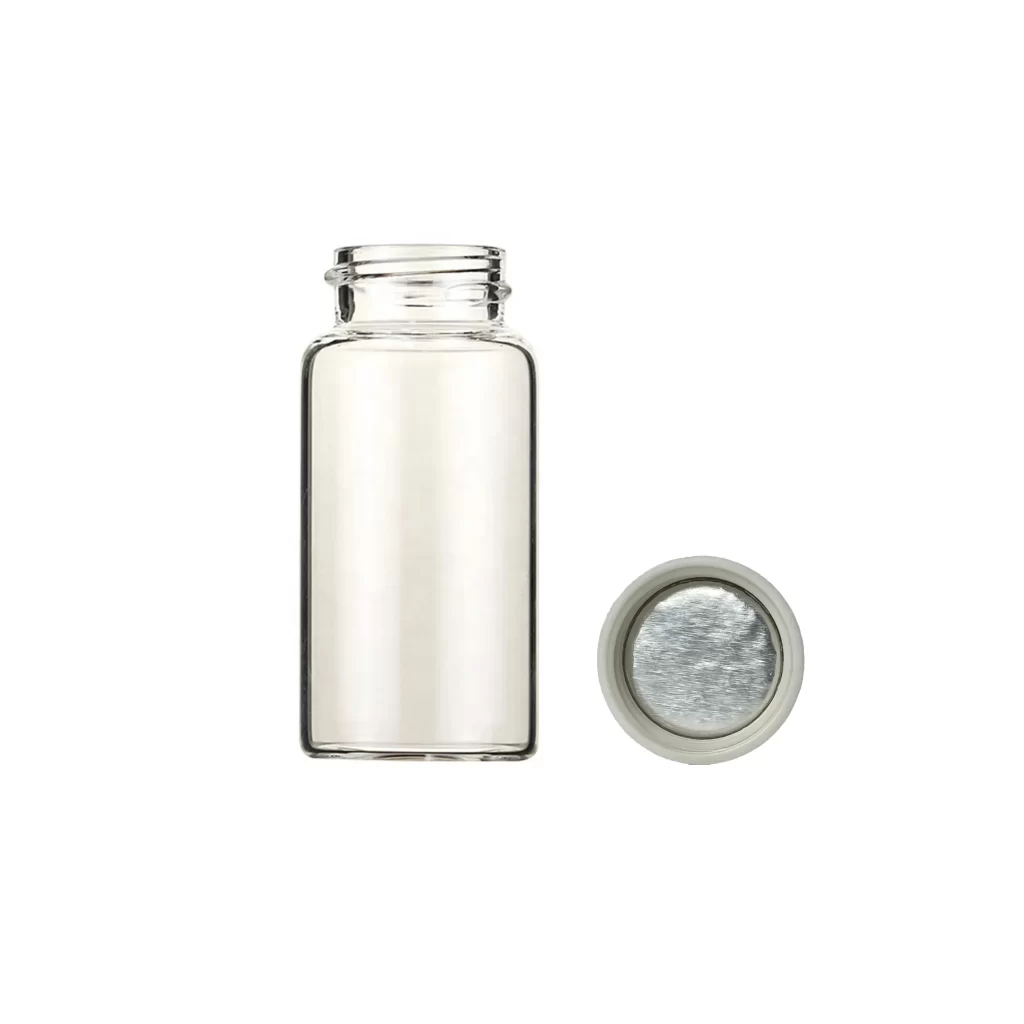
4. Post Processing
- Step: After the manufacturing of the scintillation vial is completed, the vial may need to undergo post-processing steps such as cleaning, disinfection, and quality inspection to ensure that the product meets standards and specifications.
▲ Overall, the manufacturing of clear scintillation vials involves the selection of materials and the application of specific processes to meet the requirements of different experiments.
◆ Main use:
1. Radioactive Measurement
Clear scintillation vials are widely used in nuclear physics and radiation experiments. The high permeability of clear vials allows researchers to clearly observe the decay process of radioactive tracers and measure their radiation activity and amber scintillation vials can be used to store radioactive materials, providing excellent light barrier performance.
2. Liquid Scintillation Counting
Used for liquid scintillation counting technology, which is a method of measuring sample activity by detecting scintillation light generated by radiation from radioactive samples.
3. Sample Storage
Clear scintillation vials can be used to store liquid samples, such as chemical reagents, pharmaceutical solutions, or biological samples, ensuring the stability and purity of the samples during the experiment.
4. Chemical Analysis
In chemical laboratories, clear scintillation vials can be used for mixing, storing, and transporting various chemical reagents, providing convenience for chemical analysis.
5. Spectroscopy Experiments
Due to its high transparency, clear scintillation vials play a crucial role in spectroscopic experiments, especially in absorbance and fluorescence measurements.
★★★ Related Safety Issues or Suggestions
1. Protective Measures
When using clear scintillation vials for experiments, experimenters should follow appropriate protective measures, including wearing gloves, goggles, etc., to avoid any potential chemical contact and reduce the risk of any danger occurring.
2. Radiological Experiment Safety
When conducting radiation experiments, experimenters should follow relevant radiation safety regulations, wear equipment that meets the requirements, be careful of radiation contamination, and protect their own safety.
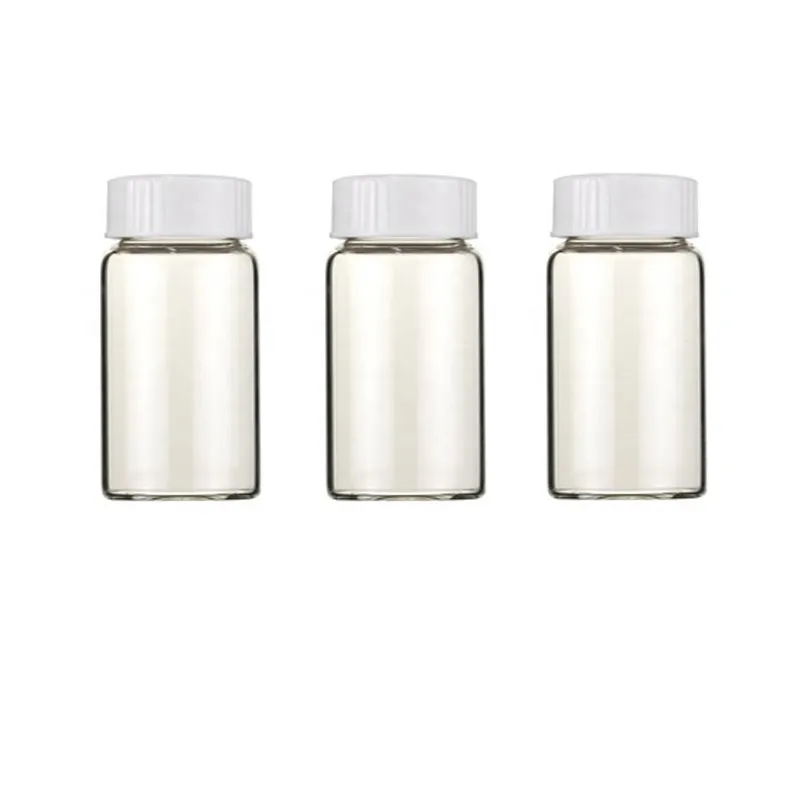
3. Material Selection
Select appropriate clear scintillation vial materials based on different experimental properties to ensure that they do not contaminate, lapse or react with the sample.
4. Correct Use and Cleaning
Follow the manufacturer’s instructions to ensure proper use and maintenance of the clear scintillation vial. Regularly clean the vials to prevent cross contamination.
5. Quality Control
Before using scintillation vials, conduct quality control checks to ensure that the vials and bottles are not damaged or defective, in order to avoid sample leakage or contamination.
▲ The versatility of scintillation vials in scientific research and laboratory work requires experimenters to strictly follow safety standards and operating procedures to ensure the success of experiments and the safety of personnel.
◆ The Role in Storing and Protecting Samples
Clear scintillation vials play an important role in storing and protecting samples, and their impact is mainly reflected in the following aspects:
1. High Transparency
The primary characteristic of a clear scintillation vial is its high transparency, allowing light to easily penetrate the vial wall. The vial itself maintains a certain degree of transparency, allowing the experimenter to observe the state of the sample inside the vial. This is crucial for experiments that require optical analysis of samples, such as absorbance and fluorescence measurements. High transparency ensures that experimenters can accurately observe and measure the optical properties of the sample, providing reliable, authentic, and accurate data for experiments.
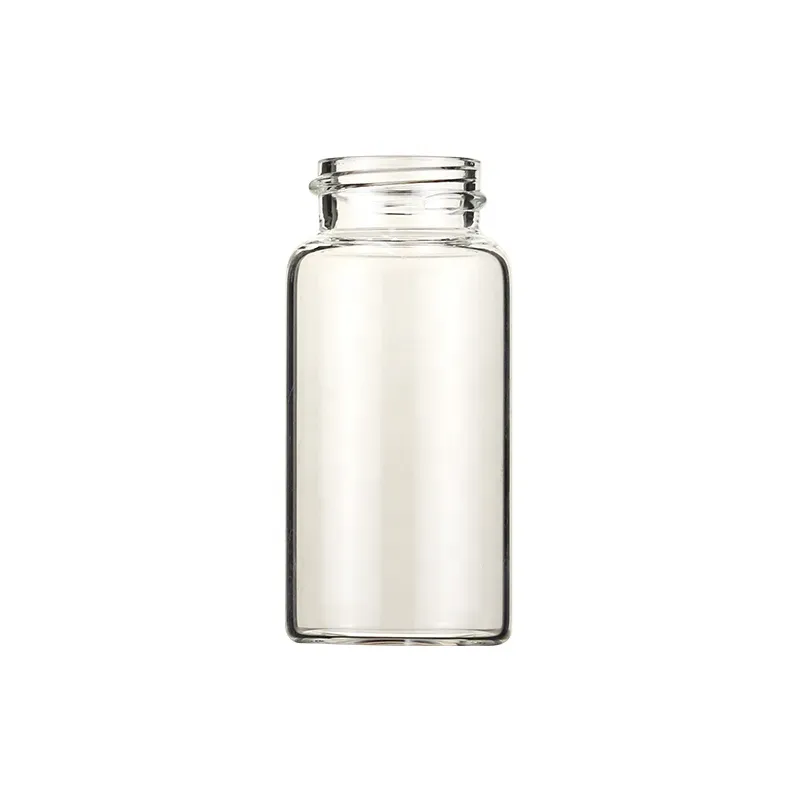
2. Sample Visibility
Due to the transparency of the vial body, the experimenter can clearly and intuitively observe the color, shape, and any possible changes of the sample inside the vial. This is crucial for real-time monitoring and status evaluation of samples during the experimental process. The full visualization of clear scintillation vials enables experimenters to monitor potential issues in a timely manner, ensuring the accuracy and repeatability of the experiment.
3. Material Stability
Clear scintillation vials are usually made of high-quality plastic or glass, which are crucial for maintaining the stability and integrity of the sample. They almost never release harmful chemicals that affect the purity of the sample itself.
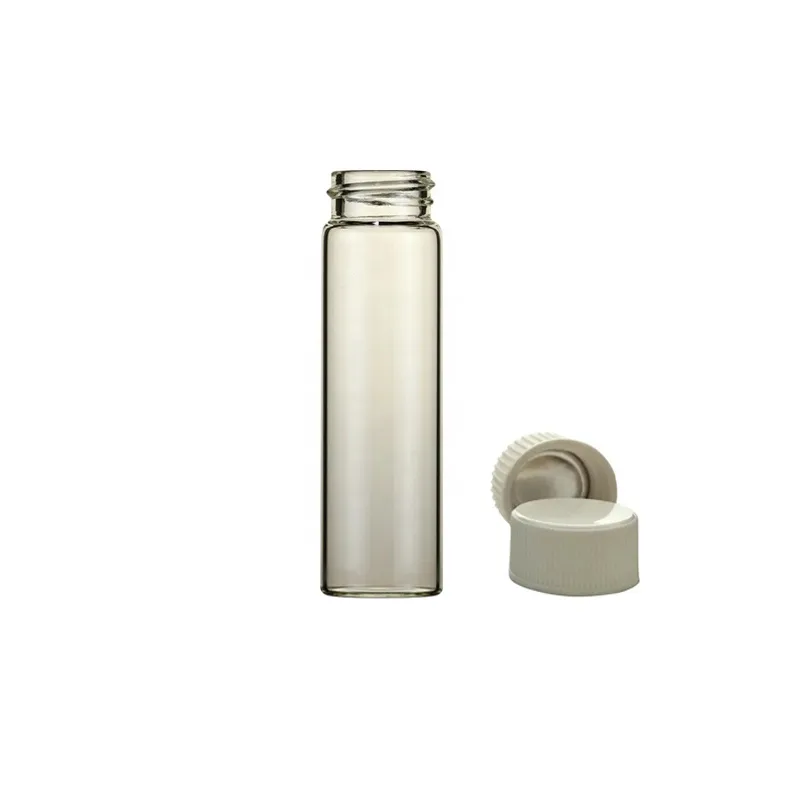
4. Airtightness
Scintillation bottles usually have good sealing performance, which can effectively prevent external air, moisture, or pollutants from entering the bottle. This helps to maintain the purity and stability of the sample, especially for air sensitive samples.
5. Radiation Resistance
For experiments involving radioactive samples, the material and design of the scintillation vial itself can effectively prevent the leakage of radioactive materials or contamination by external radiation. This ensures the safety of the experimenter and laboratory environment.
Clear scintillation vials provide an ideal container for scientific experiments due to their characteristics. In addition, the reasonable use of scintillation vials helps to maintain the stability and accuracy of laboratory experimental data.
★★★ Dispose of Disused Scintillation Vials
Disused scintillation vials need to be properly handled to ensure safety and environmental protection. Here are some suggestions:
1. Cleaning and Emptying
Before handling disused scintillation vials, make sure to clean them thoroughly and empty any remaining chemicals in the vials to avoid harm to people and the environment. This can be achieved through appropriate laboratory procedures and protective measures.
2. Classification
According to the waste management regulations of the laboratory, classify the disused scintillation vials. Usually, glass vials and plastic vials may need to be treated separately as they belong to different waste categories.
3. Recycling
Send glass vials to glass recycling facilities as much as possible. Glass is a recyclable material that can reduce its impact on the environment through recycling.
4. Chemical Disposal
If disused scintillation vials have previously contained harmful chemicals, please send them to appropriate hazardous waste treatment facilities in accordance with relevant regulations and rules. Follow local, national, or international waste management regulations to ensure safe disposal of discarded laboratory bottles.
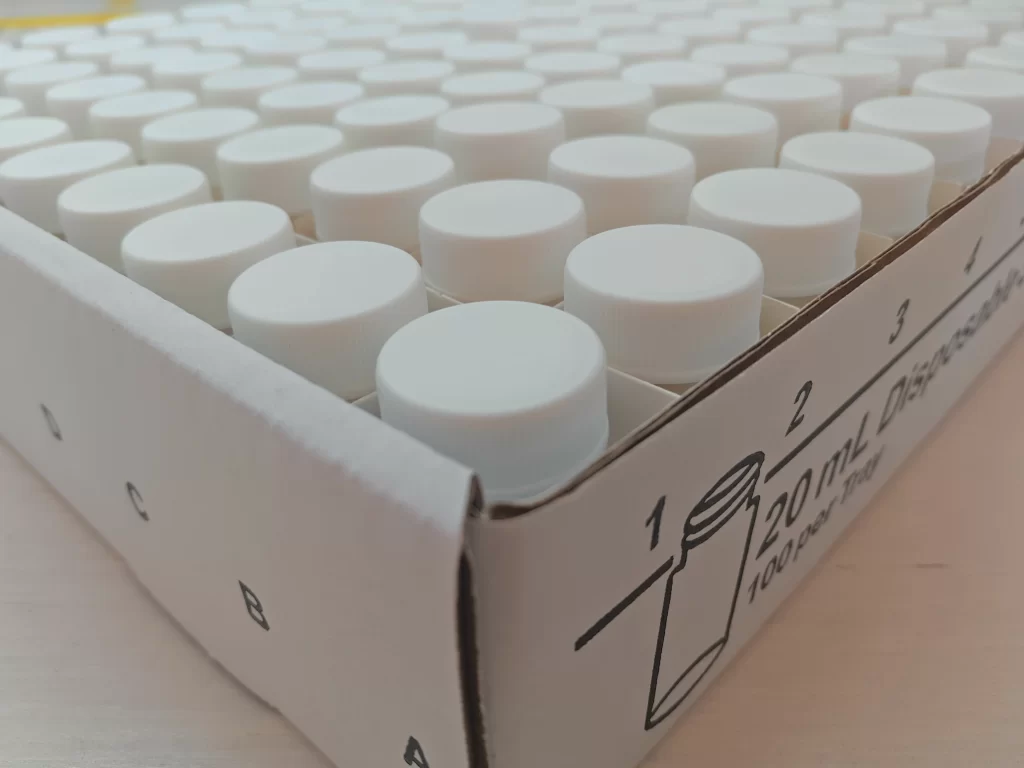
5. Reference MSDS(Material Safety Data Sheet)
Refer to the Material Safety Data Sheet (MSDS) of the chemicals on the scintillation vial to understand the harmful substances that may be contained in laboratory vials and bottles and the best handling methods. MSDS provides detailed information about chemicals, including recommendations for safe handling and disposal.
6. Consulting Professional Services
If you are unsure how to dispose of disused scintillation vials, you can consult professional waste disposal services. Professional services can provide specific advice and compliant waste disposal methods to ensure compliant operations.
7. Identification and Packaging
During the handling process, disused scintillation vials and bottles should be appropriately labeled and packaged to prevent leakage. This helps to ensure that waste does not pose a danger to the environment and personnel during transportation and processing.
8. Training and Awareness
Laboratory staff should receive regular training on laboratory waste management, understand and master how to properly handle and dispose of discarded laboratory equipment, and be aware of the importance of environmental protection.
▲ Please note that the above recommendations may vary depending on the region, country, and local regulations. Therefore, when handling discarded laboratory bottles, local waste management regulations and safety standards should always be followed.
★★★ Where to Dispose Scintillation Vials?
The specific method and location for handling disused laboratory scintillation vials may vary by region, country, and local regulations. Here are some suggestions:
1. Internal Processing in the Laboratory
Some laboratories may have internal waste treatment facilities or processes. In this case, laboratory staff can handle waste according to the laboratory’s waste management procedures. This may include sorting, cleaning, and appropriately packaging the vials and bottles before sending them to waste collection points in the laboratory.
2. Local Waste Disposal Centers
Many regions have dedicated waste disposal centers responsible for receiving and processing different types of waste. You can consult the local environmental protection department or waste management agency to learn about the correct disposal method for disused laboratory scintillation vials and feasible locations for disposing of disused laboratory supplies.
3. Professional Waste Treatment Services
Some professional waste treatment service companies will provide services to assist in the disposal of waste laboratory equipment. These companies typically have professional knowledge and are able to handle waste in a compliant manner based on its nature. You can contact the local waste disposal service provider to inquire if they can help with the disposal of disused laboratory scintillation vials.
4. Recycling Center
If the laboratory scintillation vial or bottle is made of recyclable materials, you can send it to the local recycling center. Glass vials are usually recyclable, while the recycling of plastic vials and bottles depend on the type of plastic used. Ensure that the vials and bottles are properly classified and follow the relevant regulations of the recycling center.
5. Hazardous Waste Treatment Facilities
If laboratory scintillation bottles have previously contained hazardous chemicals, especially radioactive substances, they may need to be sent to hazardous waste treatment facilities specifically designed to handle such waste. In this case, local and national hazardous waste management regulations must be followed.
▲ Before disposing of discarded laboratory supplies, it is best to first understand the local waste management regulations and rules, and consult professional organizations or local environmental departments to ensure compliance operations.
The science behind laboratory equipment is also advancing with future innovation and constantly evolving technology. We focus on emerging trends and innovative directions in the unique design, high-quality materials, and practical applications of clear scintillation vials. In the future, there will be more complex and efficient solutions to further enhance the capabilities of these indispensable scientific tools.
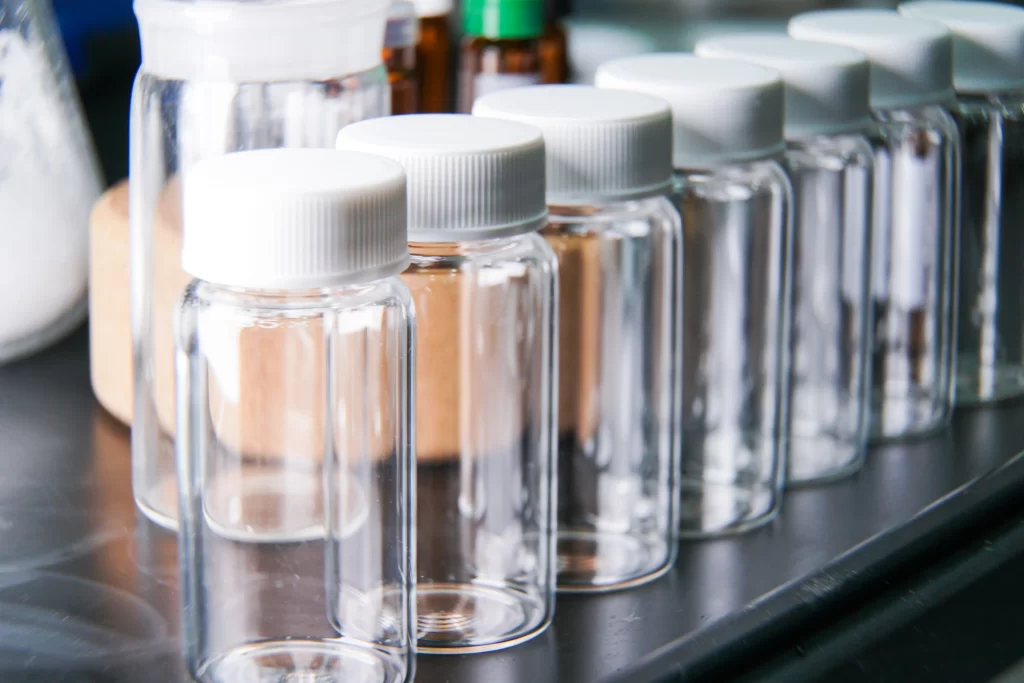
In conclusion, the scientificity of clear scintillation vials has surpassed the scope of just containers; They are representatives of precision, high visualization, and innovation. The role of laboratory clear scintillation vials in shaping and expanding the pattern of scientific research is undeniable and irreplaceable. As we continue to break through the boundaries of knowledge, these laboratory containers are still at the forefront of scientific exploration and discovery.
last updated: 1/17/2024
learn more about our scintillation vials
you may want to know more about glass vials

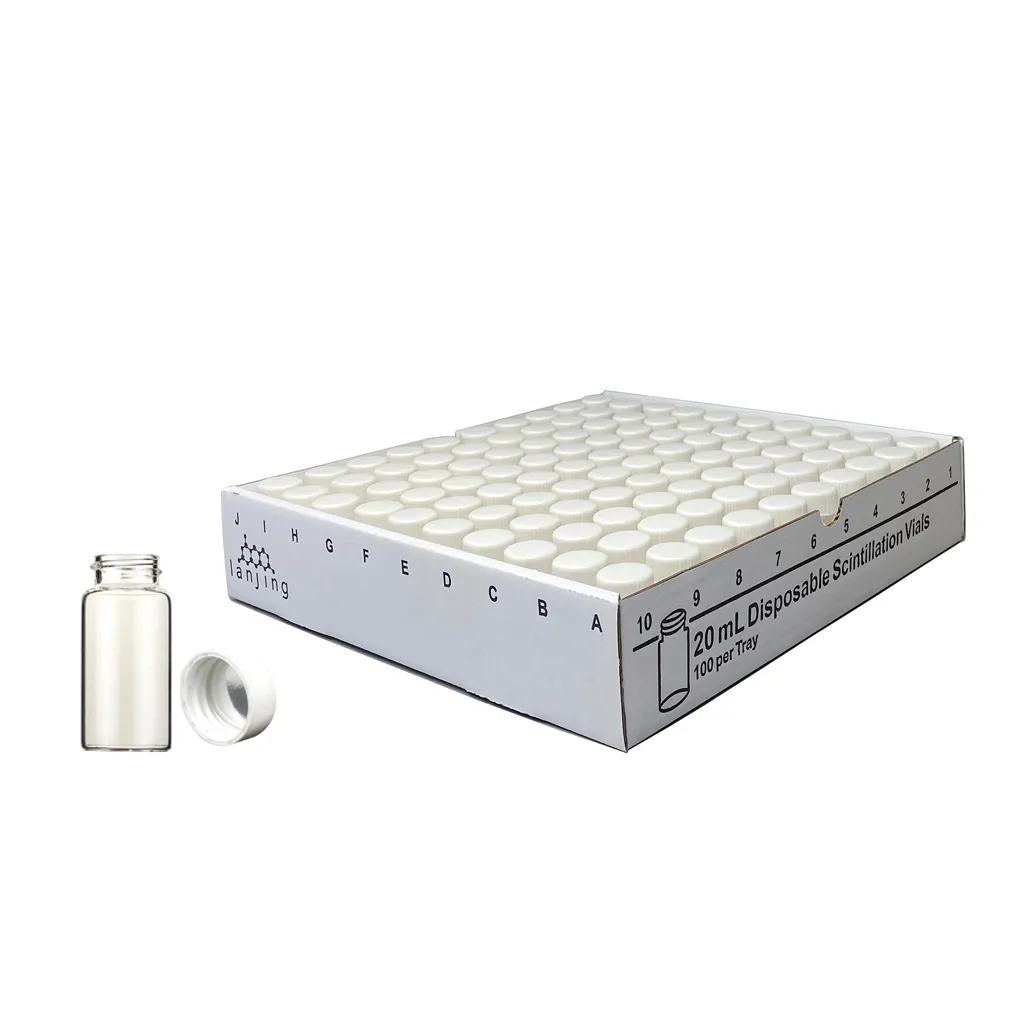
Of course, our website is: https://www.yf-pak.com/
interesting post
Thank you for reading. You can continue to browse our website to learn more about our products.
very good
Thank you very much, please continue to follow us.
interesting news
Thank you, please continue to follow us.
My relatives always say that I am killing my time here
at web, but I know I am getting familiarity all the time by reading
such good posts.
Thank you very much.
Write more, thats all I have to say. Literally, it seems as though you relied on the video
to make your point. You obviously know what youre talking about, why waste your
intelligence on just posting videos to your blog
when you could be giving us something informative to read?
Thanks for sharing. I read many of your blog posts, cool, your blog is very good.